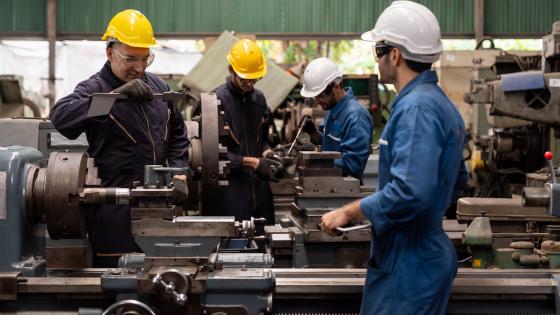DP892 Privatization and Deindustrialization in East Germany
The transition in East Germany has been characterized by an extremely rapid privatization of state-owned enterprises and by an equally rapid process of deindustrialization. The great majority of East German SOEs have been privatized and are now genuine capitalist firms with an owner with the incentive and the power to change management behaviour. Meanwhile East Germany has been deindustrialized with employment in mining and manufacturing falling to one quarter of its pre-unification level. This paper argues that the government imposed an inconsistent policy toward employment on the privatization agency, the Treuhand. Although required to take account of the shadow price of labour in the privatization negotiations (where employment subsidies were offered to prospective purchasers), the Treuhand engaged in large-scale labour shedding prior to privatization (using the market wage). Although costly from the perspective of the economy as a whole, the Treuhand had little choice given its mandate to privatize rapidly. Finding buyers for Treuhand enterprises has required single-minded focus on the issue of corporate governance and the matching of assets to management capabilities through the policy of selling to `competent outsiders' diverted attention from the possibility that such a policy would not guarantee the retention of a minimal core of industrial activity. Late in the day, the Treuhand recognized that greater use had to be made of economies of scale in management and control to achieve the forward-looking restructuring of its remaining portfolio. It was necessary to create new institutions.

